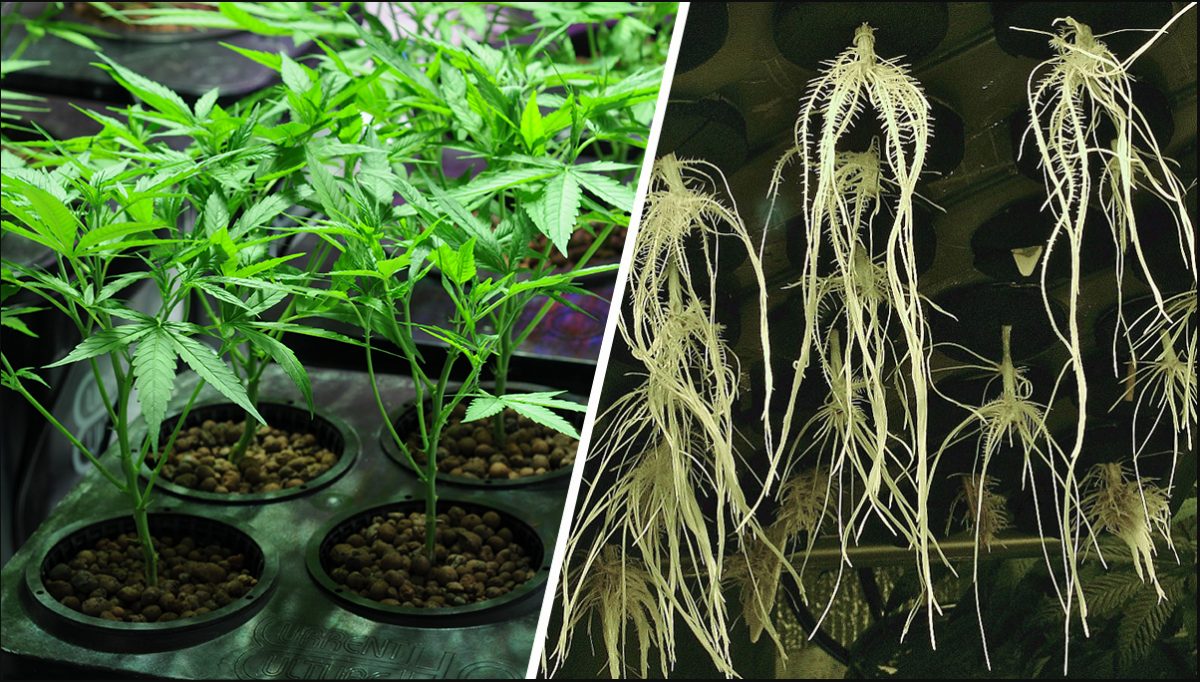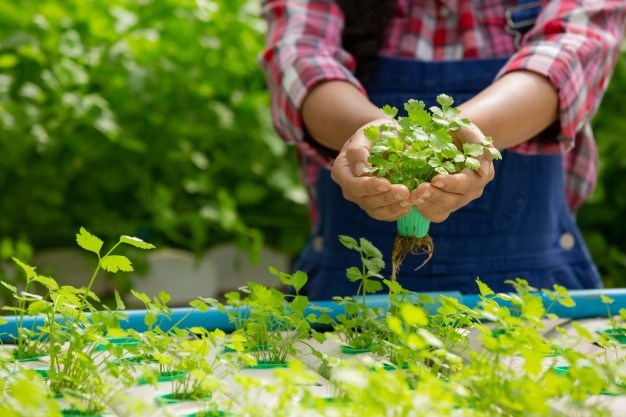The latest buzz in food production is all about indoor farming, and the best part is, you can do it yourself! Growing your own vegetables at home year-round is becoming increasingly popular. This method significantly shortens the chain of producers and traders, benefiting the environment while saving water and money. Here’s an overview of the options available and how you can get started.
1. Where can you grow?

On the windowsill
Windowsill farming can range from simple herb gardens to more complex vertical setups. Despite the limited space, a vertical garden can maximize the area above the windowsill. This type, often called a window garden, involves converting empty plastic bottles into flower pots and hanging them in front of the windows. Alternatively, you can install several shelves above one another, ensuring the window can still be opened easily. This setup allows plants like lettuce and herbs to grow in natural sunlight.
Make the most of the space on the windows!
In the growing cabinet
Growing tents are practical, easy to store, and designed specifically for plant cultivation. These tents come with built-in features like ventilation and activated carbon filters, eliminating the need for additional modifications. They are perfect for controlled environments, but remember to regularly check the temperature to ensure optimal growing conditions.
Ensure the best light reflection and diffusion in the growth cabinet!
In the finished tent
The ready-made growing tents are practical and easy to store and transport. Since they are designed for plant cultivation, any technical improvements such as ventilation and activated carbon filters can be made without additional work.
Make sure the device fits the opening provided!
In closed facilities, such as growth cabinets and tents, the temperature must be checked regularly
On the kitchen shelf
The plants on the wall shelves can be luxuriantly decorated and easily accessible. Therefore, you will soon have your own space-saving vertical server farm. If artificial light is needed, the light can simply be connected to the underside of the next higher shelf. Obtained off-the-shelf Shelves can also be purchased now; including plant lights and hydraulic systems.
Use the height of the wall to create more growth space!
2. On the soil or hydroponic?

Most indoor farms do not grow on the soil in a conventional way, but use hydroponics. That is, plants usually grow in inorganic media. The culture medium is usually placed in a cage where the plants are grown. The roots can grow into the nutrient solution at the bottom of the pot through the mesh to provide nutrients for the plants.
Hydroponic growth has several advantages. Among other things, these plants are much less likely to be infested by pests because they often drag and multiply with the ground. This means that pesticides and herbicides can be omitted.
The nutrient solution can best meet the needs of plants, and no microorganisms can "breath" oxygen from plant roots. This kind of plant grows faster than it grows in the soil. In addition, most of the water has actually been absorbed by plants and will not seep into unused soil. This saves valuable resource water.
Disadvantages of hydroponics:
pH and nutrients must be checked regularly
Mistakes affect plants faster
Advantages of hydroponics:
Save resources
No pesticides, herbicides or fungicides are used
More control
3. Lighting

If you want to build an indoor farm or garden in a dark place or operate year-round, you must purchase plant lights. For this reason, LED planting lights are the most practical because they can save electricity bills and produce almost no waste heat. Passive cooling with fins means that no electricity is needed for cooling, and every watt flows into the lights of the plants.
Light scattering and photon number
It is important that the plant light illuminates the entire planting area as evenly as possible. A properly designed bulb should roughly correspond to the shape of the installation area, which can help. In addition, the photon flux density (PPFD) and beam angle are important criteria for whether the lamp meets your needs. Powerful LED growth lights are especially important for completely dark rooms, closed cabinets or growth boxes. The plant should hit at least 350μmol/m²*s photons on average. Every well-known manufacturer will provide photon flux density on its website, and in the best case, provide a graphical mapping of the photon flux density of their products.
In our LED growth lamp test, the mapping of the photon flux density and the representation of the spectrum can be found.
We also tested the absolutely cheap LED grow lights, which are also suitable for indoor planting.
4. Flower pots, substrates, fertilizers, and of course: seeds
Of course, other accessories are needed for indoor planting. It is recommended to use net flower pots cultivated by hydroponics, or it can be easily made from old plastic flower pots. In some systems, basins made of plastic bottles can also be used. The substrate that stabilizes the plant should be added to the pot. There are many options: either soil or inorganic substrate. Similarly, the nutrient requirements vary from plant to plant and vary with the growth period. Therefore, fertilizers should be selected according to their needs. Here, information is also essential.
Draught enhancing plants
For factories, the use of fans is an advantage. This simulates the wind that accompanies plant growth in nature. Then, these plants will become strong and sturdy, because they must "grow against the wind" and harden as a result.
Finally, you still need the right seeds to grow the desired plants.























